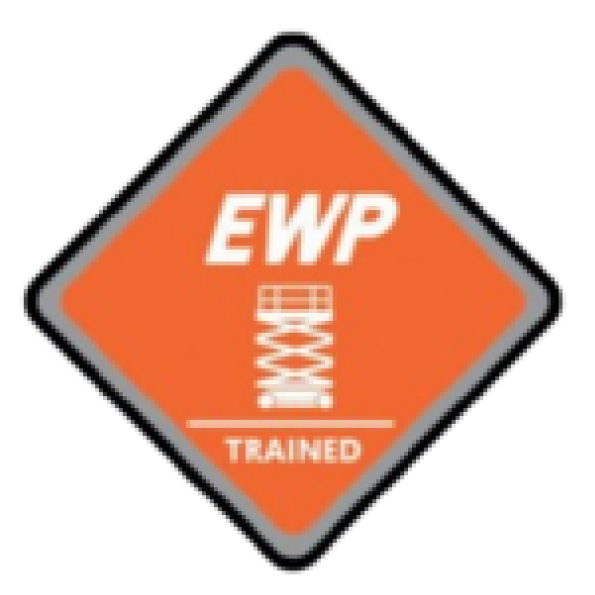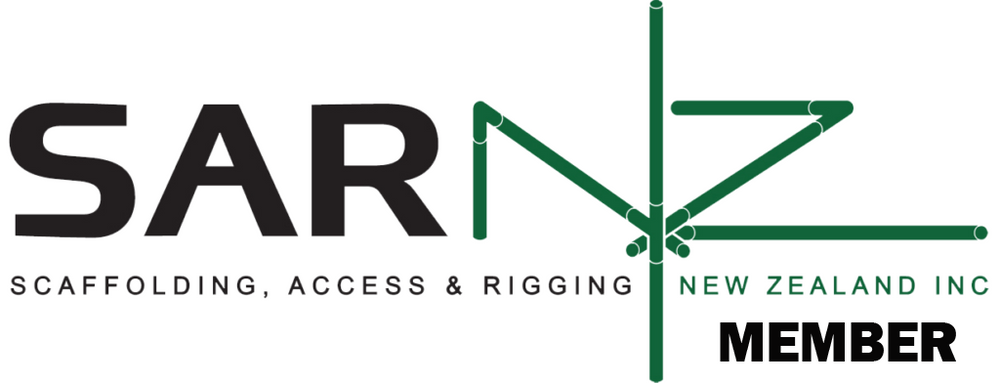
Film shrink is a material made up of polymer plastic film. When heat is applied, it shrinks tightly over whatever it is covering. It can be used for many different purposes such as wrapping food, storing items, and creating packaging.
Film shrink was first invented in the early 20th century by Dr. Edward Breda who created different types of films for applications such as packaging and wrapping.
Film shrink has many practical uses in the manufacturing industry. It can be used to wrap and seal boxes, as a protective layer in industrial applications, or as a temporary solution for wrapping fragile items.
The Science Behind film shrink
The science of shrink wrap is fascinating and it can be explained in terms of molecular behavior. When making shrink wrap, we have to heat a material until it changes shape and rearranges its molecules into one single layer on one side.
Shrink wrapping is a process of sealing an object in a plastic bag or wrapping it in plastic film wrap so that the object has little or no contact with its surroundings. The seal can be made by stretching and shrinking the plastic film wrap over the object's surface by either manually pulling it tight or by extruding a hot viscous liquid from a nozzle onto the surface of the shrink material.
Film shrink wraps are used to protect fragile products like electronics, jewelry and food from damage during shipment. Additionally, they can be used to preserve fragile items at home by using products that do not have sharp edges and pointy ends like paper towels.
Characteristics Of film shrink For Product Packaging
Shrink Orientation
Shrink films are typically prepared for a bi-axially oriented machine but can also be prepared for a preferentially oriented machine. Preferentially oriented films typically have a front face and back face with the shrink being narrower on the front face and wider on the back face. The difference in shrink width can be used to compensate for differential shrink pressure applied by the vacuum.
The film is often further modified to tailor it to specific diameters of the target machine configuration.
Bi-axially oriented films are typically prepared so that they shrink equally in both directions, while preferentially oriented films have one direction with a narrower, or front side and another direction with a wider, or backside. The difference in width between these two directions can be used to compensate for differential shrink pressure.
Shrink Force
The level of force at which a shrink film is applied to a product is typically measured in PSI, and it tells you the amount of force that the shrink film will exert on your product. The more force that is applied, the tighter the grip. There are two types of shrink force: tension shrink force and compression shrink force.
Tension Shrink Force
Compression Shrink Force
Odor Barrier
The Odor Barrier film shrink is a flexible film that provides excellent pressure-tolerant protection for bulk packaging. The film easily conforms to the shape of the product, providing a barrier that can prevent odors from seeping through or permeating into the package.
The main reason why this film shrinks is due to its special adhesive, which contains a chemical catalyst that causes it to react with oxygen in the air. This reaction creates heat and energy. When the heat and energy get high enough, they cause molecular bonds within the adhesive molecules to break, which then causes them to expand and burst open very quickly.
Anti Fog
Anti Fog is a product packaging company that uses the film shrink to provide their customers with the needed protection. Anti fog’s film shrink can be used in many different products such as sunglasses, clothing, and food packaging.
Anti fog’s film shrink is environmentally friendly and it creates less waste by being recyclable. Additionally, Anti Fog has a strong social mission of bringing affordable solar power to rural communities in Madagascar.








